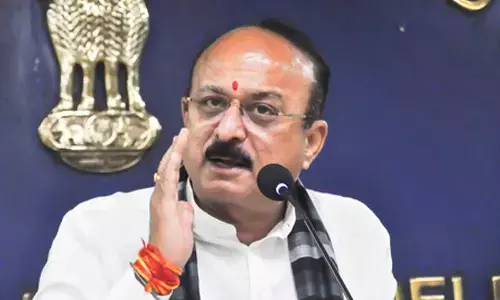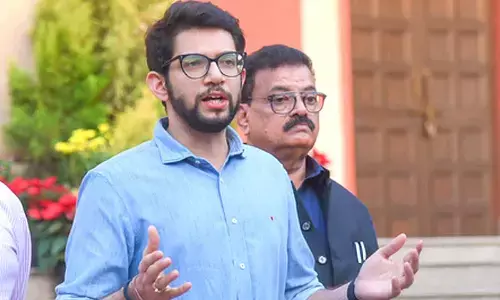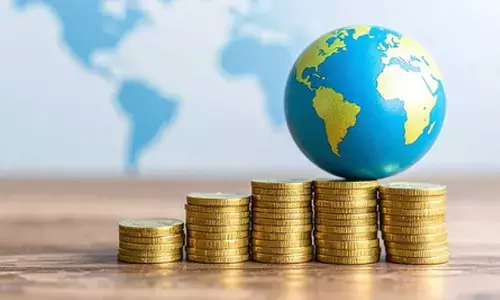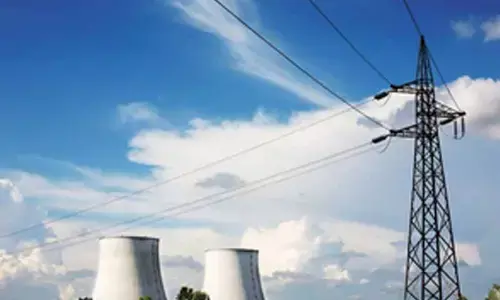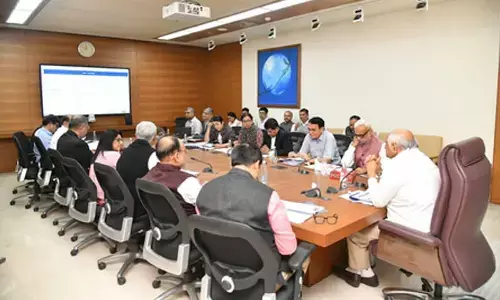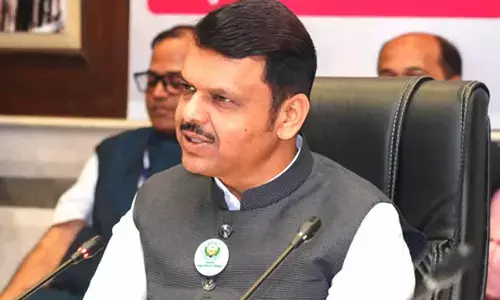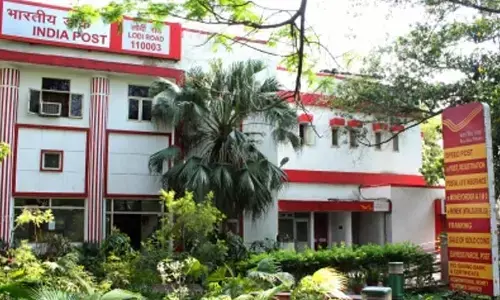How IT, communication can boost sustainable farming in India
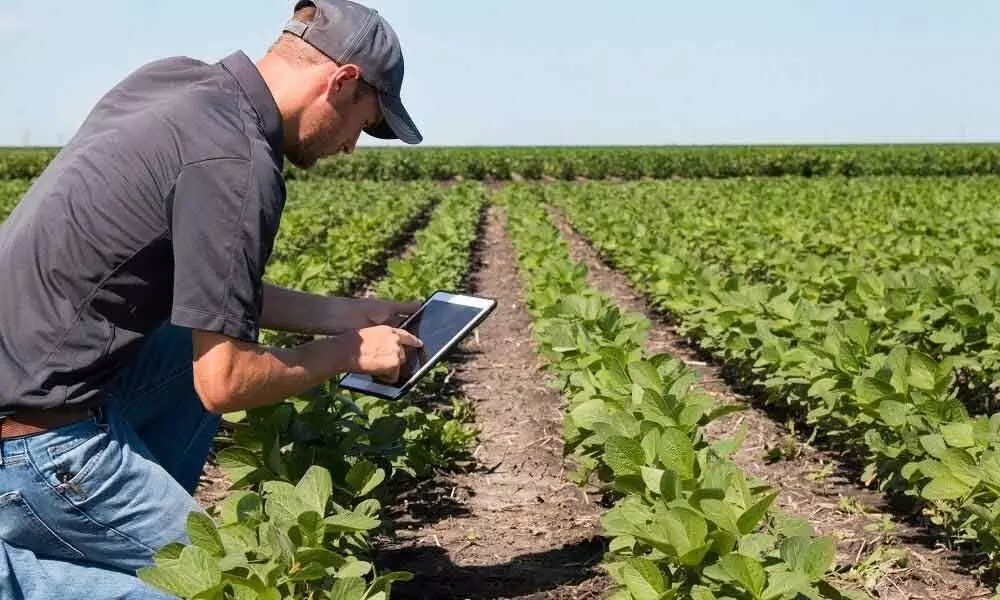
Agriculture has been recognised as the core of the Union Budget for the year 2019-20.
Agriculture has been recognised as the core of the Union Budget for the year 2019-20. The Government of India has planned to invest widely in agriculture infrastructure to provide assured income to small and marginal farmers.
It has made Niti Aayog a national think tank to establish and conduct programmes and research on technologies of the future namely, machine learning and artificial intelligence (AI) to facilitate the economic development of our country.
Uzhavan app, Ag mobile, CCMobile app, IFFCO Kisan are some of the applications developed keeping in mind the need of the hour requirements in farming.
Several notable initiatives like e-choupal, Agri market, Kisan Suvidha and the more recent e-NAM had long been trying to place agriculture as the forerunner.
The current budget has outlined setting up of 20 technology business incubators to develop at least 75,000 skilled entrepreneurs in the agro-rural industry.
Further, Rs 805 crore has also been allocated to Pradhan Mantri Matsya Sampada Yojana (PMMSY) to address critical gaps in the value chain including infrastructure, modernisation, traceability, production, productivity, post-harvest management and quality control through integration of latest technology.
This will eventually pave way to achieving long-term sustainable agriculture goals of environmental health, economic profitability and social and economic equity.
In a research, conducted in China in 2013 on agriculture-based on cloud computing and IoT (Internet of Things), the integration of IoT in farming mainly facilitated soilless culture, solution control technology, artificial photosynthesis technology, growing environment control technology (carbon dioxide density, humidity, wind pressure and speed) and intelligent irrigation technology.
After several years of intense work, China's Industry and Information Ministry has achieved remarkable success in projects like 'Every village project', 'Golden Agricultural Project', 'The three Dian project (Computer, Television and Telephone network coverage in rural area)'.
However, as more emphasis was laid on hardware than software, there was a lack of communication of right information to the farmers.
This led to the development of an agricultural information cloud with integration of IoT and RFID (radio frequency identification) technology.
Also, the agriculture sector, has, in recent times visualised the integration of IoT and farming practices in development and conceptualisation of plant factory technology.
For example, a lighting sensor and a video sensor can show the distribution of the intensity of light in real time and monitor the size of the plant. This would help determine the stage of the plant growth.
The health condition of plants, thus, could be obtained in real-time by the spectral analysis of the images of the plant.
Data from the global positioning systems (GPS) and wireless sensor nodes (WSN) also served as powerful monitoring tools to supervise parameters and correlate between them.
Geo-referencing methods that employed the use of unmanned aerial vehicles and drones were observed to have a positive impact on crop cultivation and pesticide control.
Data stored in these sensors and farm equipment and machinery was shared periodically to the farmers through a mobile phone connected to GPRS.
The farmers could remotely monitor and control on-field sensors like switching on/off a pump/valve when water level in the field reaches a specific threshold value or take important decisions with the help of deep learning algorithms involving crop management.
The project was, in 2014, executed as collaboration between Dutch research institutes, Dutch industry and Dutch agricultural businesses.
The collaboration led the Smart Farming consortium to investigate the possibility of using remote sensing solutions in the cultivation process.
The trend in variables like sunlight, humidity, temperature, rain was obtained from the archives of Royal Netherlands Meteorological Institute to gain prior knowledge on deviations in seasons in comparison with previous years.
From the satellite images, the Normalised Difference Vegetation Index (NDVI) values were deduced, which served as an indication of the amount of photo-synthetically active vegetation on the region.
Using historical analysis, the variety specific NDVI curve was established and its relationship between the variables was identified. This information was observed to be crucial in formulation of data driven models.
In the year 1980-1983, a global study on vegetation types were conducted using satellite images. It was observed that the NDVI highly correlated with vegetation parameters such as green-leaf biomass and green-leaf area.
Incidentally, India was found to have high NDVI values. This could potentially serve as a key driver to increase sustainable farming practices in India.
NextOn, a South Korean company in 2018, successfully built the country's largest smart farm inside an abandoned road tunnel. The indoor farm provided ideal conditions with a steady temperature and the right amount of artificial light and rest of the factors were controlled by IoT.
The company signed an agreement with the South Korea government to develop an indoor vertical farm as an alternate solution to prevent damages to crops due to extreme weather conditions.
It successfully cultivated more than 60 different types of fruits and vegetables. Foods produced from the farm were found to be healthier as they had reduced insect infestations being in a closed environment.
In India, the Union Ministry of Earth Sciences and Agricultural Meteorology Division of the India Meteorological Department (IMD) have in their mission 2030, proposed the formation of an integrated unit involving the IMD, Indian Council of Agricultural Research (ICAR) in collaboration with the different institutions like agricultural universities, ICAR Institutes, state department of agriculture, department of information technology, department of space, MS Swaminathan Research Foundation and non-governmental organisations, etc in a phased manner.
The inter-institutional collaboration could be further strengthened at national and international level in the field of agro-meteorological activities.
The National Mission on Agricultural Extension and Technology (NMAET) as a part of sustainable development group aims to strengthen and restructure mechanisation and plant protection to enable delivery of improved agronomic practices to farmers.
This was planned to be achieved through interactive methods, using information and communication technology (ICT), which includes messaging services, web-based applications, capacity building, institutional strengthening, encouragement of public-private partnership and training services to guide farmers.
Our government, thus, has acknowledged the role of ICT in agriculture for sustainable intensive farming; and the newly established farmer producer organisations ensure to provide a conducive atmosphere between the central and state government enabling farmers to get fair price for their produce and understand the ease of doing business.
(Courtesy: Down to Earth. Sriram Rajagopalan is Assistant Professor at the Great Lakes Institute of Management, Chennai, while Mathangi Sriram is an independent researcher)








